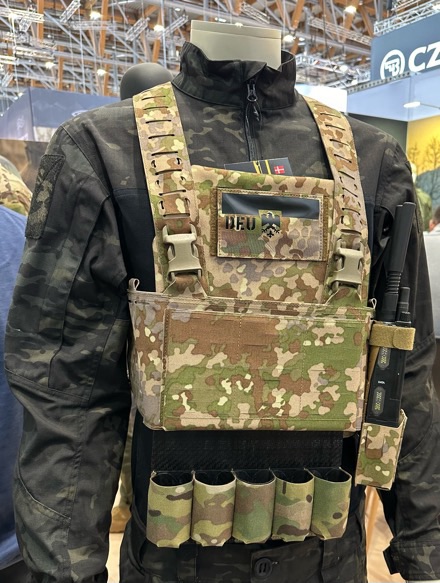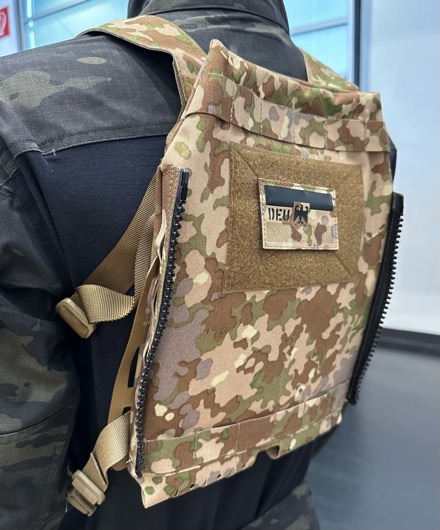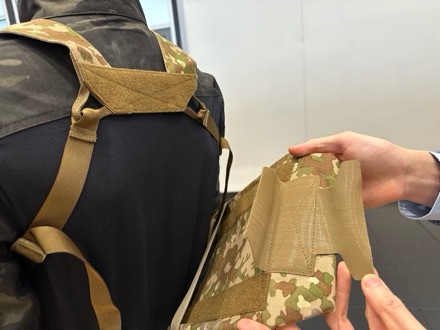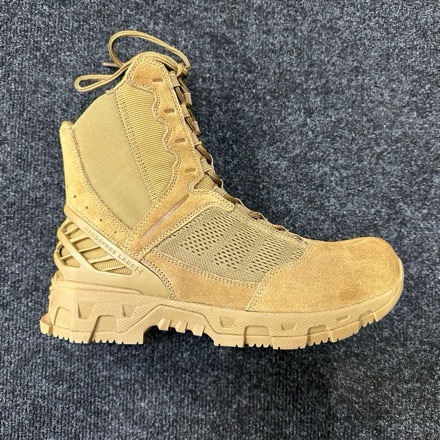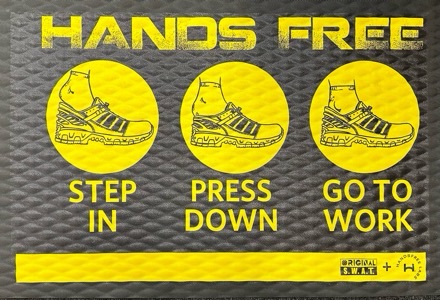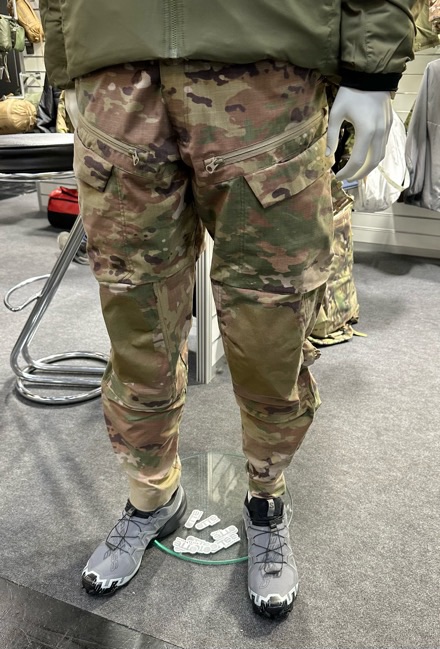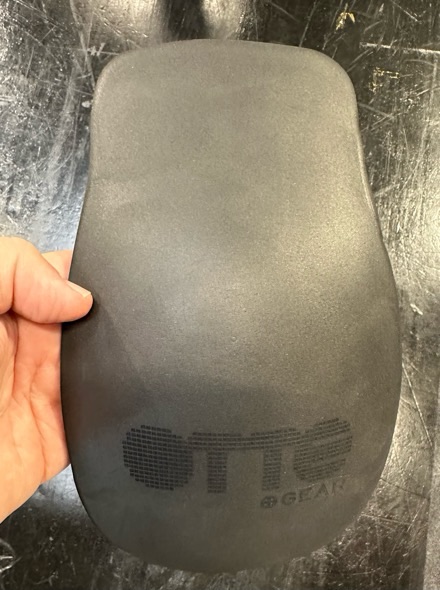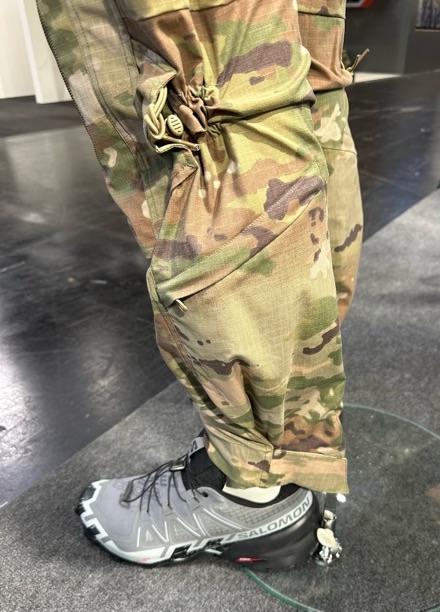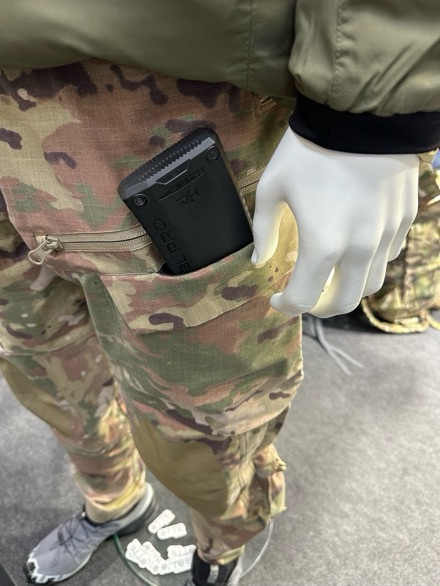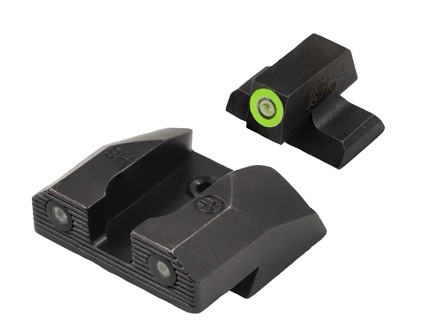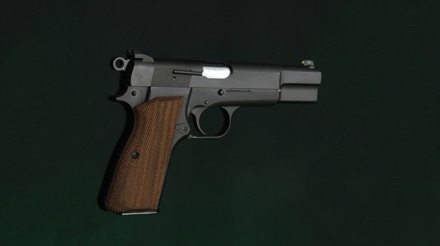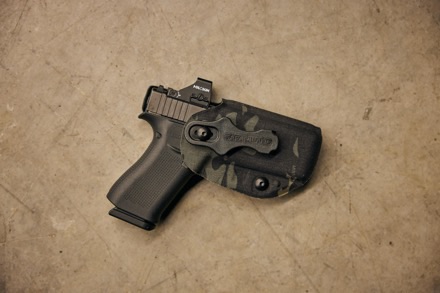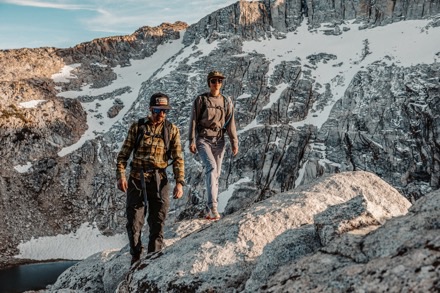ARLINGTON, Va. — The Chief of Naval Personnel, Vice Adm. Rick Cheeseman, and the Navy’s Personnel Plans and Policy Division (N13) Director, Rear Adm. Jim Waters, pinned Master Chief Christopher Rambert as the Navy’s first Robotics Warfare Specialist during an office call at Naval Support Facility Arlington, Virginia, Feb. 27, 2024.
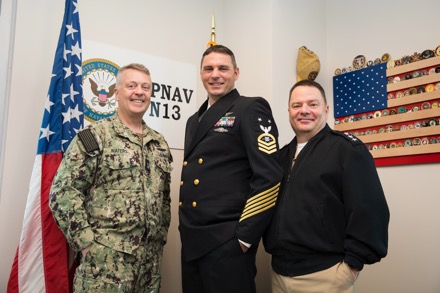
The rating insignia reveal followed the U.S. Navy’s announcement in NAVADMIN 036/24, establishing the branch’s enlisted career field for operators, maintainers, and managers of robotic and autonomous systems.
The establishment of the RW rating underpins the Chief of Naval Operations Adm. Lisa Franchetti’s plans for building and developing “a team who has the reps and sets in sensors, platform autonomy, and mission autonomy programs, and can provide input in machine-learning feedback processes,” a priority she discussed in her keynote address at the WEST 2024 naval conference.
Although Rambert is the first Sailor to don the new RW uniform rating badge, the development of the Navy robotics warfare community represents years of effort.
“It’s a proud moment to see all the hard work that’s gone into developing this badge, and just seeing it finally get codified and brought to life – to me, it signifies the hard work of the people around me,” Rambert said.
From research and analysis to organizing working groups and designating individual subject matter experts, Sailors and Navy civilian employees have been working behind the scenes on creating the Robotics Warfare Specialist career field for more than three years.
Its founding has distinguished the Navy as the first Department of Defense branch to establish a dedicated enlisted workforce specialized in unmanned and autonomous technology.
“The RW rating is a major milestone in our Navy’s relentless march to achieve a truly hybrid Fleet,” Cheeseman penned in NAVADMIN 036/24.
According to Rambert, the DoD’s hybrid force framework is a force multiplier, allowing Sailors to develop seasoned experience across the rating’s multiple domains – subsurface, surface, air, and ground platforms.
With a background as an aviation electrician’s mate, Rambert spoke to the tactical advantages that will come with the new rating’s initial cadre – and the growing opportunity for future RW Sailors.
“You get the opportunity to go to so many different places,” Rambert said. “If you look across the spectrum of the entire Navy, you’ve got Sailors that have the potential to really touch every single domain out there and that’s very rare.”
Rambert has served as the Navy’s sole Robotics Enlisted Community Manager at the Bureau of Naval Personnel since October 2023.
“It’s really an awesome feeling to be the first one to represent the rating,” Rambert said. “And to see this rating finally come to fruition, you can see the level of excitement, and passion from the other Sailors that are out there.”
Eligibility and Application
The initial selection of Sailors for RW conversions will consist primarily of active-duty Sailors currently holding robotics-related Navy Enlisted Classification (NEC) codes. Sailors currently or previously assigned to billets in unmanned vehicle divisions are primed for selection.
Active-duty E-4 to E-9 Sailors who meet the above criteria can apply by submitting a NAVPERS 1306/7 Electronic Personnel Action Request (EPAR) form to BUPERS-328 or BUPERS-352 (SELRES).
The Navy’s Fact Sheet focused on RW Conversion Opportunity provides further details on the specific NECs, ASVAB scores, and background requirements for applicants: www.mynavyhr.navy.mil/Portals/55
Rambert described the sought-after characteristics of RW candidates as being driven, adaptable, and motivated to become masters of the craft.
“They have to have [the] drive to want to be a part of something that might not be entirely defined by policy,” Rambert said. “They need to be passionate about what they do because what they’re learning now and the lessons learned that we take to the table later can have huge effects on the success of the rating as we progress into the future.”
Rating Symbol Design
Originally designed by Chief Aviation Electrician’s Mate McLean Monaghan, the RW rating symbol comprises an airplane propeller and lightning bolt crossed over a treaded wheel, all layered over a single wave. Each element represents a domain that U.S. Navy Robotics Warfare Specialists are expected to operate in to support the mission of the DoD:
· Airplane Propeller – Aerial Systems
· Lightning Bolt – The Electromagnetic Spectrum
· Treaded Wheel – Ground Systems
· Wave – Surface and Subsurface Systems
For information regarding the application process, visit the RW enlisted community management page on the MyNavy HR website at: www.mynavyhr.navy.mil/Career-Management/Community-Management/Enlisted/Robotics-Warfare
For more news from the Chief of Naval Personnel, follow MyNavy HR on Facebook, Instagram, X (Twitter), and YouTube, or visit www.navy.mil/cnp
Story by Petty Officer 1st Class Jeanette Mullinax
Chief of Naval Personnel
